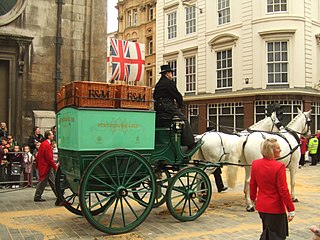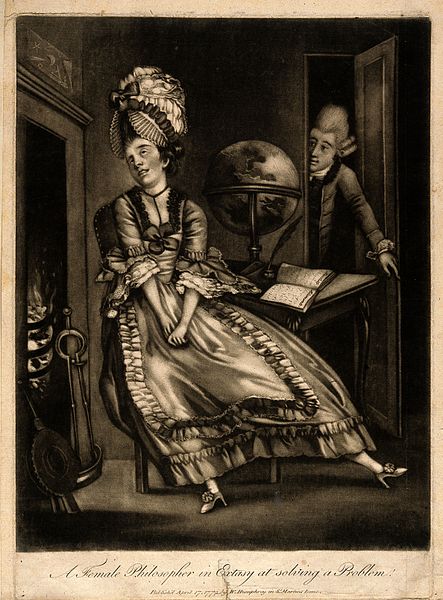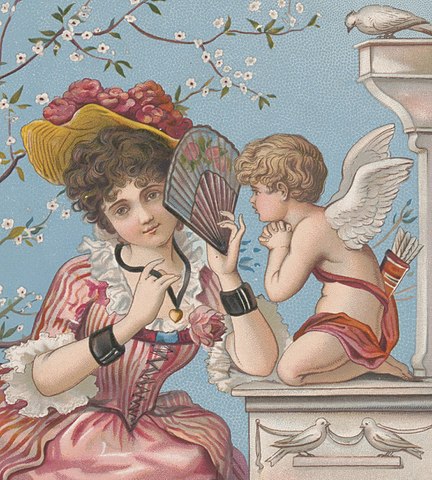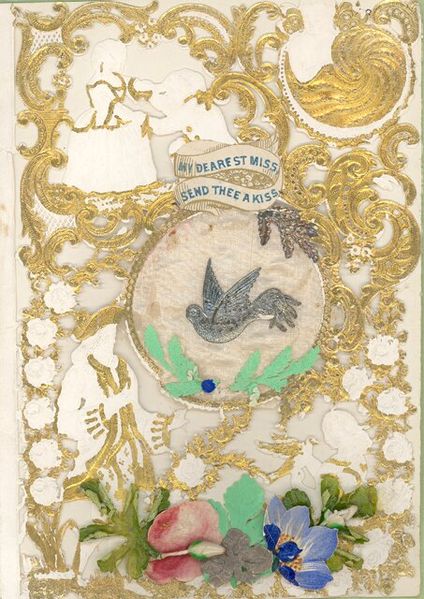Well, well. Just when I think
I’ve seen everything
La Belle Assemblée has to offer, it surpasses itself yet gain. But I’m not sure it can get any better than this. May I present,
from the August 1830 issue, some
Fancy Ball Dresses...and hoo boy, are they
fancy or what?
Here are the descriptions:
Costume of a Swiss Peasant
Over a short but extremely
wide petticoat of dark grey silk, with a shaded silk border, is another
petticoat somewhat shorter, composed of blue and white striped silk, and
ornamented nearly half-way to the waist, with a double row of narrow trimming,
of the lozenge form: they are a mixture of dark blue and brown. Low boddice
[sic] of flowered silk, over which is a high one, made perfectly tight to the
shape, but open on each side of the front, so as partially to display the upper
part of the bust, and the under-boddice; a trimming disposed on each side of the
bust partially shades it. The boddice is composed of tawny yellow, plain gros de Naples; the arm hole and upper
part of the sleeve are ornamented with black silk braiding; a nœud [a knot or bow] of dark blue ribbon
is attached on each shoulder; a band passes from it down each side of the
boddice, and finishes with a nœud. The
sleeve, which sits as close as possible to the arm, terminates below the elbow.
The hair is combed back from each side of the face, and arranged in two plaits,
mingled with ribbons; a long end of ribbon descends from each nearly as low as
the bottom of the dress. The coiffeure
is a cap of wrought whalebone, which is a perfect imitation of black lace. The
caul is almost flat to the head; two ornaments resembling rings [I think this
is a typo for wings] stand up round the face on each side, and a full nœud of ribbon is placed on the summit
of the head between the wings; two bands of ribbon descend from the nœud on each side to the middle of each
braid, where they are attached by bows. A black velvet collar is fastened in
front by a silver buckle. A lappet of the same material as the cap, and very
richly wrought, hangs pendant from the collar to the knee. Stockings of
vermillion-coloured silk, with white clocks. Sabots of black gros de
Naples.
The very short length of the
skirt is...well, very short! I’m used to seeing ball dresses a bit above the
ankle in length, which only makes sense: tripping over one’s own dress in the middle of a lively dance is the last thing any lady wants to happen. But this is quite a bit above that. And the large headdress
would seem to discourage one’s dance partner from looking anywhere but at the
dancer’s face, don’t you think? I suspect the “wrought whalebone” part is a carven
headband, to which the wings attach.
And then we get to the truly
surprising part...ladies wearing what look like culottes—to a ball!
A Lady in Sailor’s Costume
This is one of those travestissements which are not unusually
adopted in French fancy balls. At those splendid ones given in the winter at
the French Opera House, there were many ladies of rank and fashion in similar
dresses. We have selected one of the prettiest of them as the subject of our
print.
Striped silk trowsers, made en matelot [sailor-style], but extremely
wide, and finished at the bottom by knots of ponçeau [“poppy-colored”, en
Français] ribbon. A plain, tight corsage,
cut rather high behind, and very low in front of the bust, is attached to the
trowsers. Veste of ponçeau gros de Naples, forming the
shape of a heart in front; it is cut out on each side in bands, which resemble
braiding, while the open spaces shew the under corsage. A row of rich brandebourgs
[the loopy, ribbon-y ornaments seen on military coats] finish it in the hussar
style on each side of the front. The jacket, which is exactly in the form of a
sailor’s, is of bright blue gros de
Naples. Manchettes [frilled
cuffs] of embroidered cambric. A cambric frill of the pelerine form, but
disposed in full plaits, falls over round the bust; and the throat is encircled
with a small black silk cravate à la
coquette. Black silk hat, turned up on one side, and ornamented with a
black esprit and a knot of ribbon. Ponçeau sash. Black shoes with small
gold buckles.
Wowza! It’s amazing what carte blanche a costume ball could lend:
ladies “of rank and fashion” appearing in public in silk trousers, no matter
how wide?! I love the bright poppy-red military-inspired vest and the jacket “exactly
in the form of a sailor’s”, feminized with embroidered cuffs and the wide,
flouncing collar of the under-blouse. It’s as cute as anything...but still kind
of mind-blowing. Think of how scandalized many people would be by Amelia Bloomer and her very baggy “bloomers” which were as unrevealing as any skirt. Can you just see some daring young woman, set on wearing her sailor costume to show off her shapely attributes, pooh-poohing her scandalized family by saying, “Oh, Mama, it’s French! And after all, it’s only a fancy dress ball! Nobody will care about that!”
So what do you think of this
week’s Swiss Miss and Sailor Moon?
 Fortnum and Mason is an upscale department store, beloved by millions today. But its roots date back to before the Regency period, and our ladies and gentlemen of the nineteenth century would have been sure to make use of its offerings, especially the famous picnic hamper.
Fortnum and Mason is an upscale department store, beloved by millions today. But its roots date back to before the Regency period, and our ladies and gentlemen of the nineteenth century would have been sure to make use of its offerings, especially the famous picnic hamper.





















